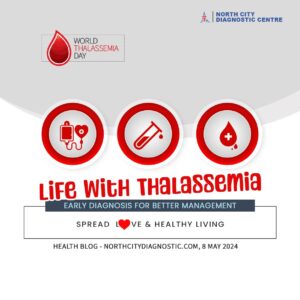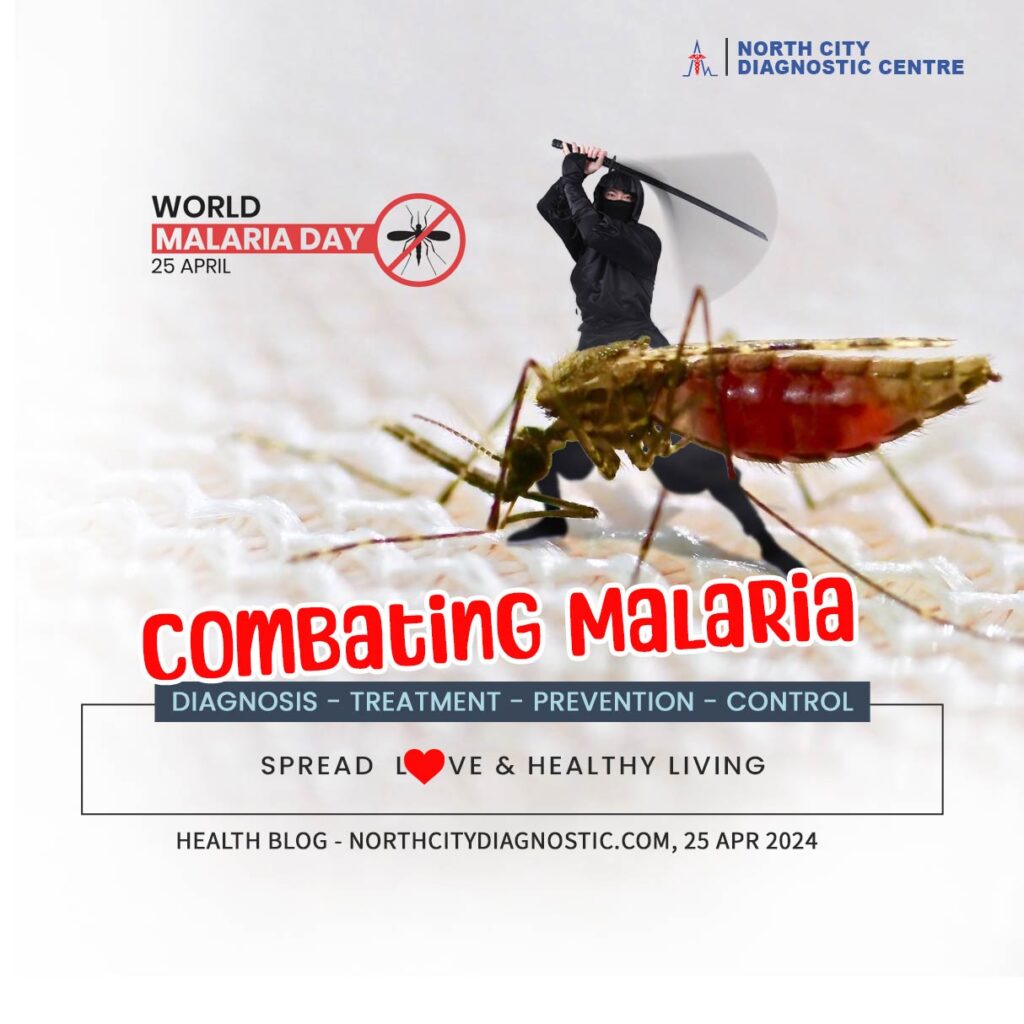
Menu
Malaria is still a concern in Kolkata, as it is in many parts of India. The city’s tropical climate and dense population provide favourable conditions for the spread of malaria, especially during the monsoon season when mosquito breeding sites are abundant. Despite efforts to control the disease through mosquito control measures and healthcare initiatives, Kolkata continues to report cases of malaria each year. Prompt diagnosis and treatment, along with community awareness and prevention efforts, are essential in mitigating the impact of malaria in Kolkata and ensuring the well-being of its residents.
It is important to stay informed about the disease and understand the essentials for combating malaria. We would look at diagnosis, treatment, prevention, and control, aiming to provide simple yet effective insights into managing this disease.

Did you know Kolkata has a deep connection with the disease?
Ronald Ross is best known for his discovery of the method by which malaria is transmitted. He did his study in a room in Presidency General Hospital (Now SSKM Hospital), Kolkata.
For his ground-breaking work, he was awarded the 1902 Nobel Prize in Physiology or Medicine. He was the first Nobel laureate born outside Europe.
The history of malaria is ancient, with evidence dating back to 1550 BCE in ancient China and Egypt. The term “malaria” comes from Italian words meaning “bad air,” reflecting the historical belief in swamps as the source of the disease.
The malaria parasite was discovered in the late 19th century by French surgeon Charles Louis Alphonse Laveran, who observed tiny organisms in the blood of malaria patients. British physician Sir Ronald Ross later identified mosquitoes as the disease’s vector in 1897. Ross’s discovery earned him the Nobel Prize in 1902.
Since these breakthroughs, our understanding of malaria has expanded. Advancements in diagnosis, treatment, and prevention have reduced the disease’s global impact. However, malaria remains a significant public health issue, particularly in tropical regions.
Efforts to eliminate malaria continue today, building on the foundations laid by historical discoveries. By learning from the past, we can better tackle the challenges of the present and work towards a malaria-free world.
Malaria is predominantly spread through the bite of female Anopheles mosquitoes that are infected with the Plasmodium parasite. Once an individual is bitten, the parasites travel to the liver and multiply before entering the bloodstream, leading to symptoms such as high fever, shaking chills, headache, muscle aches, and fatigue. If left untreated, malaria can result in severe complications such as organ failure, anemia, and cerebral malaria, and can be fatal, especially among vulnerable populations such as young children and pregnant women.
Malaria is primarily caused by five species of the Plasmodium parasite, each with varying degrees of severity. The most common and deadly types of malaria parasites include:
This species is responsible for the majority of malaria-related deaths worldwide. Plasmodium falciparum can cause severe complications, including cerebral malaria, organ failure, and death, particularly in children and pregnant women.
While less deadly than Plasmodium falciparum, Plasmodium vivax is the most widespread malaria parasite and can cause recurrent bouts of fever and illness if not treated effectively. It is known for its ability to remain dormant in the liver, leading to relapses months or even years after the initial infection.
Plasmodium malariae typically causes milder symptoms compared to other malaria parasites but can persist in the bloodstream for years, leading to chronic infections. Although less common, it can still contribute to the overall burden of malaria.
Similar to Plasmodium vivax, Plasmodium ovale can also remain dormant in the liver and cause relapses. It tends to be less common and less severe than Plasmodium falciparum but can still result in significant illness if left untreated.
This species primarily infects monkeys but can occasionally infect humans, particularly in Southeast Asia. Plasmodium knowlesi infections can lead to severe malaria and are associated with a higher risk of complications and death.
Above you have read of the five species of Plasmodium that can cause malaria in humans, each has different geographic distributions and symptoms. Female Anopheles mosquitoes are the only ones that can transmit the malaria parasite, as they require blood to produce eggs. When a person is bitten by an infected mosquito, the mosquito ingests the Plasmodium parasite, which multiplies within the mosquito and is then passed on to the next person it bites. The most severe and potentially fatal form of malaria is called malignant or falciparum malaria, and it is caused by the Plasmodium falciparum parasite. This parasite can invade and multiply in red blood cells, leading to severe anemia, organ failure, and even death. While malignant malaria is more common in sub-Saharan Africa, it can also occur in other regions around the world.
Early diagnosis is crucial for effective malaria management.
The first symptoms of malaria (most often fever, chills, sweats, headaches, muscle pains, nausea and vomiting) are often not specific and are also found in other diseases (such as the “flu” and common viral infections). Likewise, the physical findings are often not specific (elevated temperature, perspiration, tiredness).
In severe malaria (primarily caused by Plasmodium falciparum), clinical findings (confusion, coma, neurologic focal signs, severe anemia, respiratory difficulties) are more striking and may increase the index of suspicion for malaria.
At North City Diagnostic Centre, we typically diagnose malaria through blood tests, including microscopy and rapid diagnostic tests (RDTs).
Microscopy involves examining a blood sample under a microscope to identify the presence of malaria parasites, while RDTs provide quick and convenient results by detecting specific malaria antigens.
When it comes to malaria diagnosis microscopic examination remain the gold standard. These tests should be done immediately when the doctor prescribes.
The diagnosis of malaria can be done through different methods:
This involves staining a thin blood smear with special dyes and examining it under a microscope to detect the presence of malaria parasites.
These are simple, point-of-care tests that detect specific malaria antigens in a patient’s blood sample, providing quick results within 15-20 minutes.
PCR assays detect malaria DNA or RNA in blood samples with high sensitivity and specificity and are valuable for confirming malaria diagnosis.
These detect antibodies produced by the body in response to malaria infection and are used for epidemiological studies and surveillance purposes.
This method involves centrifuging a blood sample with a fluorescent dye, allowing rapid detection of malaria parasites.
Prevention plays a crucial role in reducing the burden of malaria. Implementing preventive measures can help minimize mosquito bites and prevent the transmission of the disease. Here are some effective strategies for malaria prevention:
Eliminate mosquito breeding sites by reducing standing water and using insecticides or mosquito nets.
Use insect repellents, wear long-sleeved clothing, and sleep under mosquito nets, especially in areas where malaria is endemic.
Travelers visiting malaria-endemic regions may require prophylactic medications to prevent infection. Consult a healthcare provider for personalized recommendations.
Engage communities in malaria awareness campaigns, promoting the use of preventive measures and early diagnosis and treatment.
Controlling malaria involves a multi-faceted approach predominantly by the local administration and public health bodies aimed at reducing transmission and preventing outbreaks. Key components of malaria control include:
Controlling malaria involves a multi-faceted approach aimed at reducing transmission and preventing outbreaks. Key components of malaria control include:
Monitor malaria cases and mosquito populations to identify high-risk areas and implement targeted interventions.
Ensure prompt diagnosis and appropriate treatment of malaria cases to prevent further transmission.
Invest in research and development to improve diagnostics, treatments, and mosquito control methods, ultimately working towards malaria elimination.
Combatting malaria requires concerted efforts at individual, community, and administrative levels. By understanding the importance of early diagnosis, effective treatment, preventive measures, and comprehensive control strategies, we can work towards reducing the burden of this disease and ultimately achieve the goal of malaria elimination. Together, let us strive to create a world where malaria is no longer a threat to human health and well-being.
At North City Diagnostic Center we offer personalized testing schedule that aligns with your medical history and risk factors. Consistent monitoring can be invaluable for early detection and effective management of arthritis. It’s not just about how often you test but making sure that the tests are aligned with your overall health profile for maximum benefit.
#malaria #mosquito #Mosquitobournedisease #health #mosquitoes #mosquitobites #endmalaria #worldmalariaday #mosquitos #mosquitokiller #nature #insects #aedesaegypti #medicine #mosquitocontrol #plasmodium #parasite #defeatmalaria #malariaprevention #healthcare #NDC #HealthFirst #DiagnosticServices #NorthCityDiagnosticCentre
35-A ,Canal West Road
Near Gouri Bari Bus Stop
Kolkata – 700004.
Local: +91 33 6605 0888